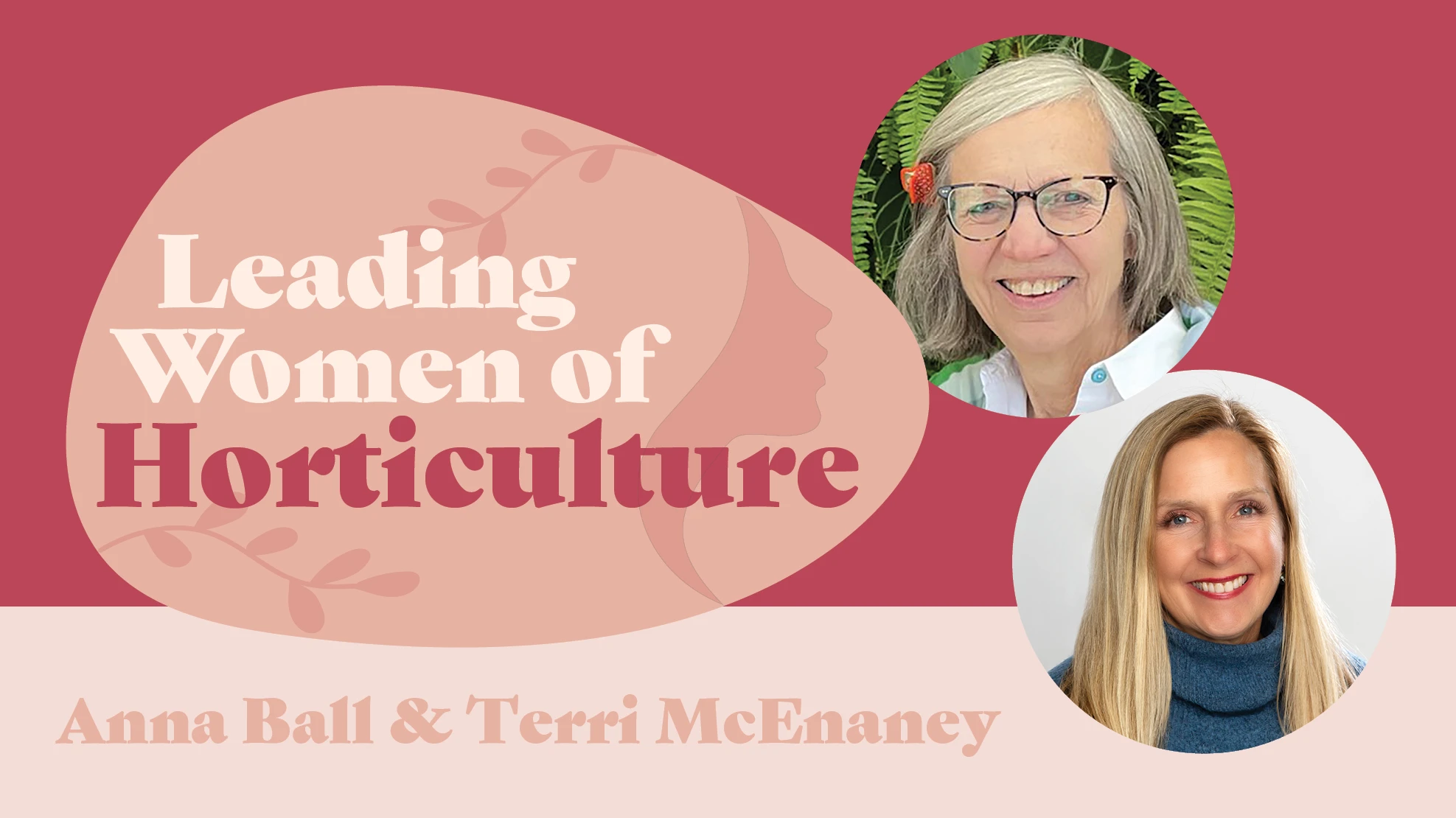
ADOBE STOCK

Even the most tranquil garden setting can be spoiled by the jarring noise of traffic or other commotion. Especially in urban areas, a secluded outdoor space isn’t just a green reprieve from the concrete jungle — it can also be a calming escape from the clamoring city bustle.
Although city dwellers may not be able to control every noise, they can shape the soundscape of their garden with the right plants and products.
“In that (urban) setting, you want to cover up the unpleasant sounds and accentuate the pleasant sounds,” says Tom Pellett, a garden designer who designed the sensory garden at Memphis Botanic Garden.
By merchandising the soothing sounds of water features, wildlife and wind through chimes, garden centers can help customers harness the power of sound.
Soothing sound of water
When customers walk into Atlanta Water Gardens, the first thing they notice is the sound of water splashing in fountains and waterfalls throughout the facility.
“When people walk in, they say, ‘Oh, that sound of water drops my blood pressure,’” jokes co-owner Randle Ross. “People walk from this fountain to that one, just listening to those sounds.”

According to its website, Atlanta Water Gardens supplies “serenity in the city to anyone who needs a bit of peace and quiet in the hustle and bustle of life.” Ross says that customers often come because they equate the sound of water to the serene “Zen feeling” they want to capture in their gardens.
“The number one thing that customers tell me is, “I need to drown out the outside noises. When I’m in my garden, I need that tranquil sound of water running,’ because that puts them at ease,” he says.
But people react differently to certain sounds, so it’s important to explain various options that appeal to individual preferences.
“Some people just want the trickle of a streambed, and then some want a gushing waterfall that sounds like Niagara. You have to figure out what sort of sound they’re going for,” Ross says. “We’ll take them to a fountain that just drips off the side, and explain, ‘This is a quiet sound; it’s just a small drip.’ Then we’ll take them to another fountain that has water pouring off the side, that’s going to give a louder sound.”
It can be a challenge to describe sounds in signage or even conversation, so Ross says it’s imperative to actually have fountains and other features running in the store so customers can hear them.
“We try to display all of our fountains and have the waterfalls running so people can walk around and listen to them,” he says. “You need to let them hear it for themselves.”


Attracting songbirds
The right water features in a garden can also attract a symphony of wildlife, from chirping birds and crickets to croaking toads and frogs.
“We have a lot of urn fountains that have a plume of water bubbling on top, and those bring in the birds because they love to bathe,” Ross says. Plus, larger water features like ponds create an amphibian habitat where you’ll hear the baritone croak of bullfrogs harmonize with the melodious trill of treefrogs.
Of course, adding certain birding products can make a garden more inviting to avian visitors.
“I like to encourage birds for their pleasant noises,” says Pellett, who recommends birdfeeders and nesting habitats to welcome songbirds. He prefers sunflower seed in tube feeders with small perches suited for finches, chickadees, nuthatches
In addition to birdfeeders and birdhouses, Pellett also suggests trees and bushes that provide natural shelter, food and nesting material. For example, he says mockingbirds camp out in the deciduous holly at the Botanic Garden – unless robins snatch all the berries from them first. Pellett loves the song that cedar waxwings sing as they snack on berries, too, so he goes out of his way to supply his feathered friends.
By educating customers about the various types of seeds and feeders preferred by different types of birds, Pellett says retailers can help customers turn their gardens into wildlife resorts.
“If you provide the food and habitat, the birds will come,” he says, “so promote different seeds to attract different birds.”

Harnessing the wind
Although rushing water and chattering wildlife typically compose most of a garden soundscape, wind chimes and bells can add a lovely accent. Even certain leaves, grasses and seed pods, when dry, can rustle quietly in the breeze.
As with music and other sounds, personal preference makes a big difference, so it’s important to offer
Atlanta Water Gardens carries a variety of high-quality chimes from Music of the Spheres. These are tuned to specific tones, ranging from bass to soprano depending on the size of the tubes.
Again, letting customers hear chimes in action is critical to helping them find the perfect match. That’s why customers often clang the clapper in-store to hear how different chimes sound.
“You’ve got to make sure you’ve got some wind to move a wind

The power of sound
In fact, the sounds of trickling water, tinkling chimes, rustling leaves

Explore the March 2019 Issue
Check out more from this issue and find your next story to read.
Latest from Garden Center
- Society of American Florists accepting entries for 2025 Marketer of the Year Contest
- Sustainabloom launches Wholesale Nickel Program to support floriculture sustainability
- American Horticultural Society welcomes five new board members
- Color Orchids acquires Floricultura Pacific, becoming largest orchid supplier in U.S.
- American Floral Endowment establishes Demaree Family Floriculture Advancement Fund
- The Growth Industry Episode 3: Across the Pond with Neville Stein
- Proven Winners offers Certified Garden Center Training for staff education
- Digging In Association hosts inaugural Platinum Trowel Awards at winter conference





